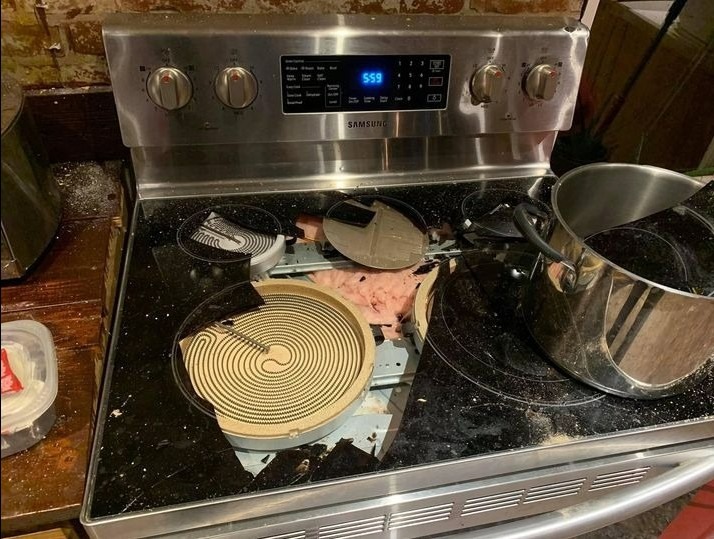💡 Pro Tip: Hold a dollar bill under the rim of your pot — if it spins freely, the base is warped.
🛠️ What to Do If Your Stove Cracks
If you hear a pop or see a crack:
- Turn off all burners immediately
- Don’t touch the surface — it could collapse at any moment
- Ventilate the room — tiny glass particles may become airborne
- Call a professional — do not attempt to repair or continue using a cracked cooktop
⚠️ Never use a damaged glass stove — it’s a fire and injury hazard.
🧯 Bonus Safety Tips
📌 Most glass cooktops are made from ceramic-glass hybrid (like Schott CERAN) — strong, but not indestructible.
